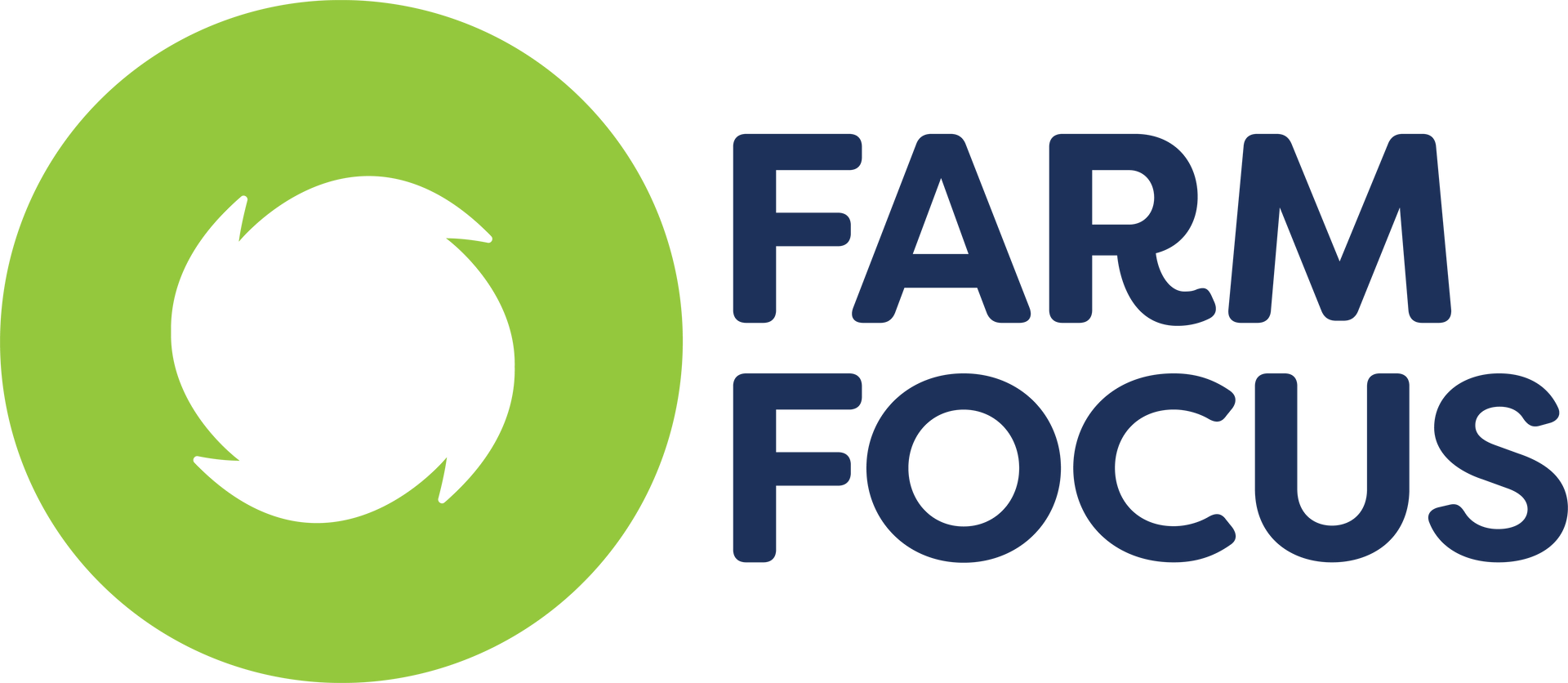Mixed-Use Assets Legislation
Mixed-Use Assets New Legislation
From the beginning of the 2013–14 tax year owners of "mixed-use" holiday homes will have to work out their income tax obligations differently.
You have a mixed-use holiday home if during the tax year; your property is used both for "private use" and "income-earning use".
What is "private use"?
Private use of your property means:
• Use by you or your family, even if rent is paid.
• Use by non-associated people if you earn rent at less than 80% of market rates.
What is "income-earning use"?
Income-earning use of your property means use by a non-associated person from which you earn rent at 80% or more of market rates.
Exemptions
If your income from income-earning use is less than $4,000 for the year, you can opt to keep the holiday home outside the tax system. That means your rental activity doesn't need to be included in your income tax return. You don't return any of your income and you can't claim any of your expenses for the holiday home. You can also choose for your rental activity to remain outside the tax system if:
• You make a loss, and
• Your gross income from income-earning use is less than 2% of the rateable value of the property.
What income is taxable?
You must pay income tax on rent earned from income earning use. Any rent from private use is exempt from income tax.
What expenses are deductible?
Expenses from mixed-use holiday homes fall into three categories:
1. Fully deductible. You can claim 100% of any expense which relates solely to the income-earning use of the holiday home. Examples: Costs of advertising for tenants, costs of repairing damage caused by tenants.
2. Not deductible. You can't claim any expenses relating to the private use of the holiday home.
For example: Costs of a boat and quad bike stored in a locked garage and unavailable to the non-associated people renting the holiday home.
3. Apportioned. If an expense relates to both income earning use and private use, you need to apportion it using this formula:
Apportionment formula:
Expense × _____ _Income-earning days__________
Income-earning days + private-use days Examples: mortgage interest, rates, insurance
Record keeping
Please keep records so that we can work out your tax obligations at the end of the tax year. Your records should show: private-use days, income-earning days, the expenses you paid, and the name of each tenant together with their relationship to you and the rent they paid.
This new legislation changes to way your income shall be calculated. If you can begin your record keeping under the new rules immediately that shall greatly assist in the preparation of your 2014 income tax returns.
Carry forward of Losses
If you make a loss from your mixed-use holiday home, and your gross income from income-earning use is less than 2% of the rateable value of the property, you can not claim the loss in the current year. You will have to carry forward the loss to offset against income from your holiday home in a future tax year.







